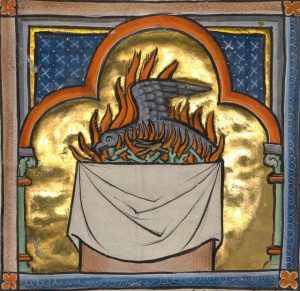
The adjective ‘rare’ derives from the Latin rarus which has roughly the same meaning as Italian, i.e. uncommon. The idea of rarity is linked to the Proto-Indo-European root *rē- which defines the concept of thinness, friability, delicacy. The concept derives from the idea of remoteness, of an interval between the parts and thus something not very dense and not very thick. In fact, it is possible to compare the semantic family of rare with the Sanskrit family of distance (âra).
Therefore, rarity is nothing more than the ‘non-frequency of something’, but this also implies a certain lack of information about it. This lack of knowledge is partly due to the habit of Western thought, be it in philosophy, religion, science, to reduce the complexity of the world to a single system that is as simple (and sometimes simplified) as possible. The exception does not confirm the rule, but undermines it, and this is something destabilising, but also confirms the richness of the world in which we live. Rare phenomena are often embarrassing for systematic thinkers who prefer order, symmetry, proportion. When the ostentation of regularity becomes normality, then norm and then normative, the risk is that of a threat to democracy. Rarity cannot and must not become synonymous with marginality; instead, complexity must be cultivated in a society that tends increasingly towards simplification and standardisation. Rare does not mean worthless.
In the medical field, rare diseases are difficult to study, as they are numerically very small and a field in which less funds are invested. Many of the people working on rare diseases are mainly professionals who every day have to mediate between the difficulty of invasive or experimental therapies and the feeling of bewilderment that can invade those who are affected by a disease that is not widespread and who often do not know where to turn for a confirmed diagnosis.
A tool that on several occasions has proved useful in the in-depth study of the experience of rare diseases is narrative medicine, which allows us to explore the folds of the experience of patients and their relatives in order to identify which points are perceived as most urgent, both from a health and social point of view with respect to their daily quality of life. Indeed, narrative medicine like any other form of self-narrative is a tool for expression and education in complexity. It makes it possible to give voice and value to the rare, which is thus reaffirmed as valid and to be valued. Narrative medicine places the individual (the narrative) alongside the system (the protocol). It is a democratic and empathic tool, as it gives voice and dignity to the individual thought of in his or her precious rarity and in relation to others and the world.
Please leave us a word for your feeling of ‘rarity’.

Excellent